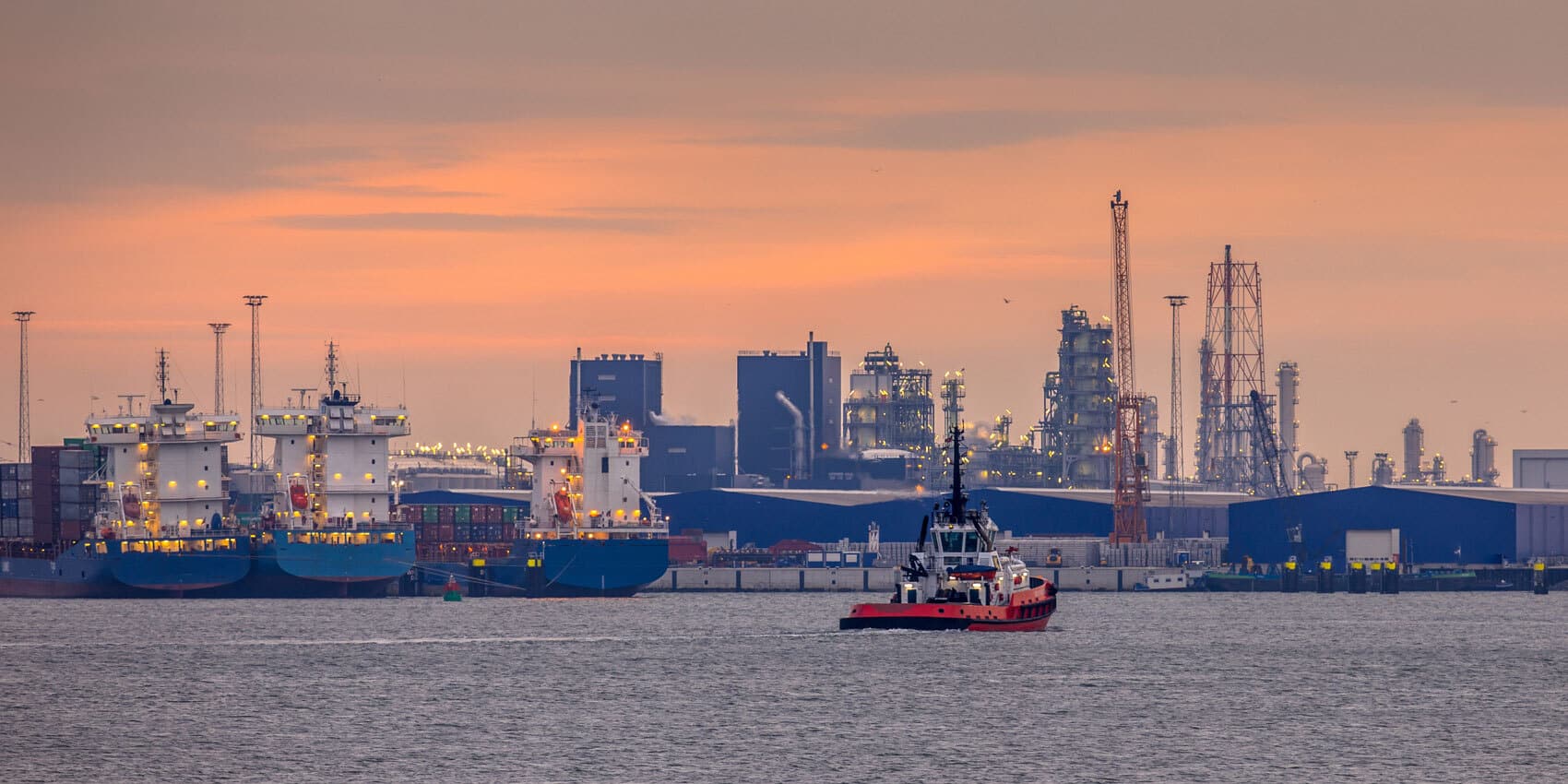Digital Transformation in the maritime industry
From radar to ECDIS to IBS
In recent years, maritime digitization has advanced, particularly in navigation systems. The integration of ECDIS with radar led to fully integrated navigation and bridge systems. It’s crucial for the crew operating these systems to have a thorough understanding of their advantages and limitations. Additionally, stakeholders such as pilots, ship inspectors, and maritime authorities can benefit from knowledge about these systems. The book ‘IBS Basics’ by Prof. Capt. Ralph Becker-Heins explains integrated bridge systems and focuses on their practical application, promoting a safer maritime environment.
In the maritime industry, buzzwords come and go, but some have a lasting impact. For example, “blockchain” and “cybersecurity” had their moments but have now faded. However, certain timeless buzzwords signify underlying principles that drive sustainable changes in the industry. “Digitalization,” later transformed into “Digital Transformation” and now known as “Maritime 4.0,” is one such powerful force. Maritime 4.0, driven by technology, not only changes processes and concepts but also transforms business and social life. Safe navigation in Maritime 4.0 relies on shipborne digital infrastructures like Integrated Navigation Systems (INS) and Integrated Bridge Systems (IBS). E-navigation acts as the digital framework to elevate INS/IBS from navigational tools to ship’s digital platforms, connecting with the Maritime 4.0 world.
These developments bring benefits and opportunities for stakeholders, including operators, authorities, decision-makers, and interest holders. INS/IBS quietly became a part of seafarers’ lives, much like radar and ECDIS did in the past. Similarly, e-navigation will gradually become part of shipping through novel applications. It encompasses technology, digital platforms like the Maritime Connectivity Platform (MCP), identity authentication schemes like Maritime Resource Name (MRN), data frameworks like S 100 (CMDS), and technical specifications for e-navigation services.
The integration of shore-based information platforms and services will strengthen, leading to new maritime technology evolution trajectories. E-navigation also involves the Internet of Things (IoT) and Big Data Analytics (BDA) for digital service innovation. However, with enhanced digital systems and services come embedded risks, including lack of training, data quality issues, and dependency on support and logistics. Keeping pace with innovations and understanding system limitations is challenging.
Unfortunately, study materials on INS/IBS and e-navigation are scarce, often technical or outdated. There is a need for books that provide a general yet comprehensive understanding of digital transformation, current status, trends, and prospects. Prof. Capt. Ralph Becker-Heins addresses this need with his series of books, including “IBS Basics – A Practical Guide to Integrated Navigation and Bridge Systems.” These books can be ordered directly via this link
Want to know more?

Wencke Boerrigter
Managing Director
